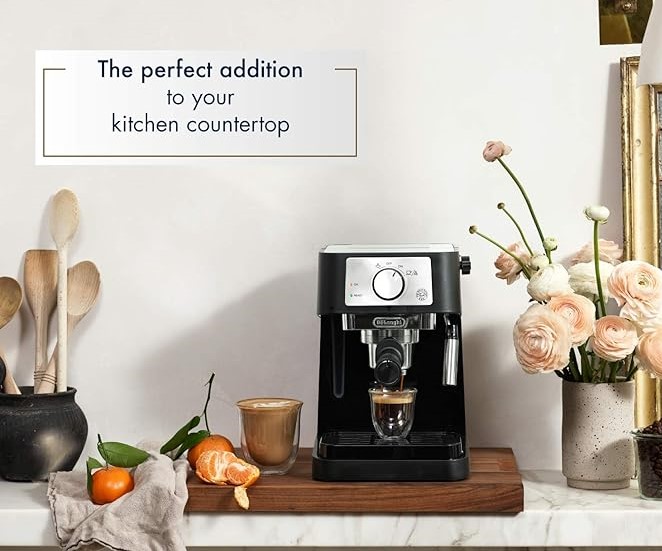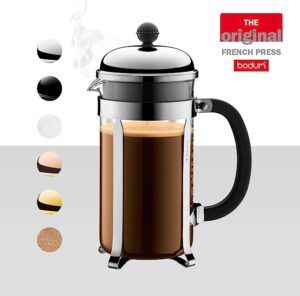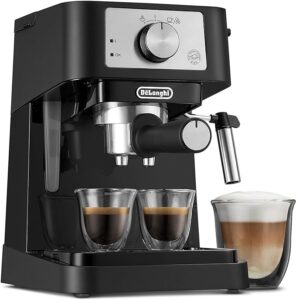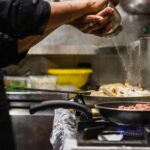Brewing The Best Barista-Quality Coffee at Home – 7 Essential Tips
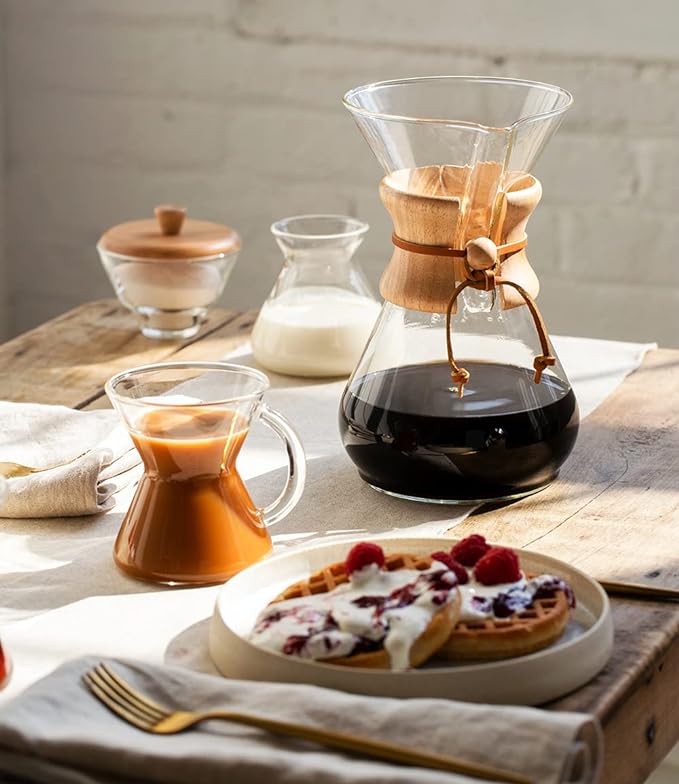
If you’ve ever savored a perfect cup at your local coffee shop and wondered how to replicate that magic at home, you’re in the right place. Today, we’re exploring the world of home-brewed barista-quality coffee. From selecting the best beans to mastering different brewing techniques, we’ve got you covered.
Table of Contents
The Foundation: Fresh Beans for Barista-Quality Coffee
The cornerstone of barista quality coffee is, undoubtedly, the beans. Coffee beans are at their best within a few weeks of roasting. The fresher the beans, the richer and more complex the flavors. Look for local roasters or specialty shops that roast beans in small batches. These beans will typically have the roast date printed on the bag, so you know you’re getting the freshest possible.
Grinding: Why It Matters for Barista-Quality Coffee
The grind size is crucial for achieving barista quality coffee. A good burr grinder is essential because it provides a consistent grind size, which is vital for uniform extraction. Unlike blade grinders, which chop beans unevenly, burr grinders crush them to a precise size. This consistency ensures that all the coffee particles extract at the same rate, preventing bitterness or under-extraction.
Brewing Methods: The Path to Barista-Quality Coffee
There are several methods to brew barista quality coffee at home, each with its own unique characteristics and flavor profiles. Let’s explore some of the most popular ones:
Espresso Machine: If you’re serious about barista quality coffee, an espresso machine is a fantastic investment. These machines force hot water through finely-ground coffee at high pressure, producing a rich, concentrated shot topped with crema. Mastering the espresso shot requires practice—paying attention to grind size, water temperature, and extraction time is key. Once you get it right, you’ll be pulling professional-quality shots in no time.
Pour-Over: The pour-over method is beloved for its ability to highlight the nuanced flavors of coffee. You’ll need a gooseneck kettle, a pour-over dripper (like a Hario V60), and high-quality filters. The technique involves pouring hot water over coffee grounds in a slow, circular motion, allowing the water to extract the coffee’s flavors evenly. The result? A clean, crisp cup of barista-quality coffee that’s sure to impress.
French Press: Simple yet effective, the French press is a classic brewing method. For barista quality coffee, use a coarse grind and a coffee-to-water ratio of about 1:15. Add hot water to the grounds, let it steep for four minutes, then press the plunger down slowly. The French press creates a full-bodied coffee with robust flavors and a satisfying mouthfeel.

AeroPress: The AeroPress is a versatile tool that can produce both espresso-like coffee and regular drip coffee. It’s portable and easy to use, making it perfect for coffee lovers on the go. To achieve barista quality coffee, experiment with grind sizes, brew times, and water temperatures. The AeroPress is known for delivering a smooth, rich cup with minimal bitterness.
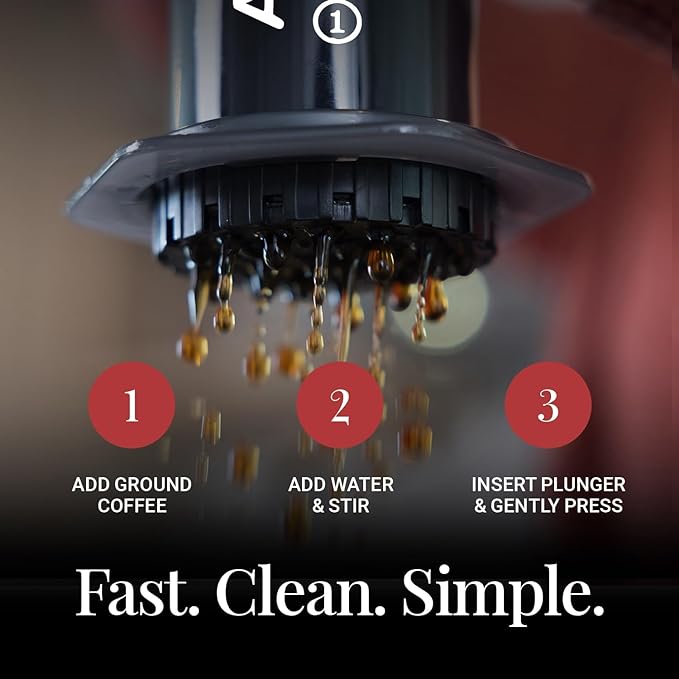
Water Quality: The Unsung Hero of Barista-Quality Coffee
Water quality is often overlooked, but it plays a crucial role in brewing barista quality coffee. Tap water can contain impurities and minerals that affect flavor. Using filtered or bottled water with balanced mineral content can significantly enhance your coffee. The ideal water temperature for brewing is between 195°F and 205°F (90°C to 96°C). Too hot, and you’ll extract bitter compounds; too cool, and you might end up with a weak brew.
You Can Order The Perfect French Press Right Now
Milk Frothing: Elevating Your Barista-Quality Coffee
For those who love milk-based drinks like lattes and cappuccinos, learning to froth milk is essential. If you have an espresso machine with a steam wand, practice frothing to achieve a creamy, velvety texture. The key is to introduce the right amount of air into the milk while heating it to around 150°F (65°C). Once you’ve mastered this, you can even try your hand at latte art, adding a personal touch to your barista quality coffee.
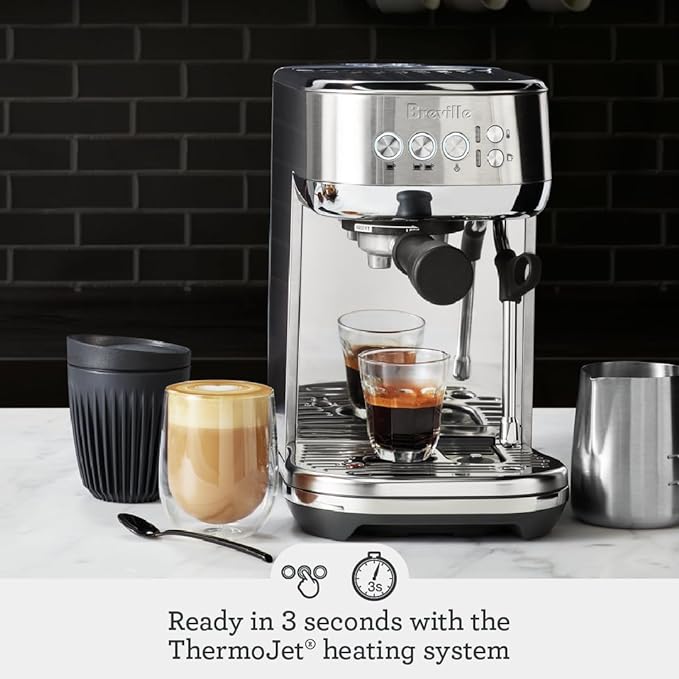
The Right Equipment: An Investment in Barista-Quality Coffee
Creating barista quality coffee at home does require some investment in equipment. Here’s a rundown of essentials:
Burr Grinder: For consistent grind size and better extraction.
Brewing Devices: Depending on your preferred method, invest in an espresso machine, pour-over dripper, French press, or AeroPress.
Gooseneck Kettle: Offers better control for pour-over methods.
Digital Scale: Ensures precise coffee-to-water ratios.
Quality Filters: High-quality filters can make a noticeable difference in flavor clarity.
Experimentation: The Heart of Barista-Quality Coffee
One of the joys of home brewing is the freedom to experiment. Try different beans, grind sizes, and brewing methods to find what you like best. Keep a coffee journal to note your favorite recipes and techniques. The journey to barista-quality coffee is a personal one, filled with discovery and delight.
You Can Order The Perfect AeroPress Right Now
Enjoy the Process: The Ritual of Barista-Quality Coffee
Making barista-quality coffee at home isn’t just about the end result; it’s also about enjoying the process. From the smell of freshly ground beans to the first sip of a perfectly brewed cup, every step is part of the experience. Take your time, savor the ritual, and let the process become a cherished part of your daily routine.
Conclusion: Your Path to Barista-Quality Coffee
Creating barista quality coffee at home is both an art and a science. By starting with fresh beans, investing in the right equipment, and mastering various brewing techniques, you can elevate your coffee game to new heights. Remember, the journey is just as important as the destination, so take the time to experiment and enjoy the process. Here’s to many perfect cups of barista quality coffee brewed right in your own kitchen! Cheers!
Read More:
5 Easy Steps to Make The Perfect Nut Butters at Home with a High-Powered Blender
Exploring the Versatility of The Amazing Mandoline Slicer: 10 Slices of Genius

